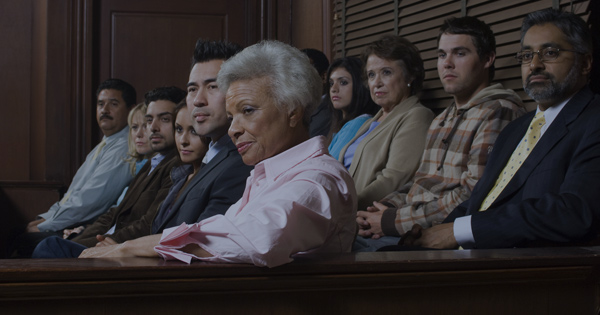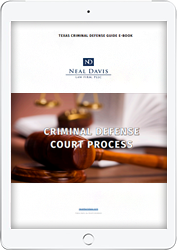
Legal Standards of Proof for Court Cases in Texas
Does your Texas criminal case meet these standards of proof?
Civil and criminal cases often have different standards of proof that must be met. Every case requires evidence presented by the accuser, but the quality of the evidence must be stronger depending on the type of case.
You may also see different standards of proof applied in each state. When you are involved in a criminal case in Texas, you’ll need to understand how each type of legal standard can affect the outcome.
Beyond a reasonable doubt (criminal)
Usually, the more serious the case, the higher the standards of proof. Proof “beyond a reasonable doubt” is considered the highest standard of proof and is often a standard that the U.S. Constitution mandates the courts meet to find an individual guilty of a crime.
This standard has been hotly debated ever since it was put into effect; however, it generally means that the evidence must be strong enough that a reasonable individual would not question the defendant’s guilt. Some courts believe that the jury must have moral certainty when deciding on the guilt of the defendant.
The jury must engage in careful and impartial consideration of all evidence in the case. The evidence must be so convincing that each jury member would be willing to act upon it. This does not mean that the jury is absolutely certain (because only a witness to the crime could have this level of confidence).
Because of the higher standard, a defendant might win a criminal case and lose a civil case that addresses the same incident. For example, a defendant may be acquitted of murder but still be forced to pay a wrongful death case (as in the case of O.J. Simpson).
While most of the evidence is presented during the trial, courts will require that the prosecutor present some evidence for the case to be raised to the level of a trial.
Preponderance of the evidence (civil)
For civil cases, the burden of proof is based on a preponderance of the evidence. The evidence must convince the judge that it is more likely than not that the defendant committed the act of which they are accused. Some legal scholars believe that 51 percent of the evidence must show that the defendant was negligent.
For example, if a plaintiff falls down a flight of stairs because the stairs were in disrepair, the judge would decide whether it’s more likely than not that the defendant was negligent by not repairing the steps in a timely manner.
In civil cases, the plaintiff presents testimonial and physical evidence. The defense is then responsible for disputing the evidence. The defendant wins if the plaintiff does not pass the threshold.
Clear and convincing evidence
The preponderance of evidence standard is not enough when the civil liberties of the defendant are at stake. In this case, you will need clear and convincing evidence. This most often occurs in cases involving the loss of parental rights.
This standard of proof also applies to cases involving restraining orders, wills, and conservatorship. With the clear and convincing evidence standard, the evidence must be substantially more likely to be true than not to be true.
Substantial evidence
The easiest hurdle for the courts to overcome is the standard of substantial evidence. This standard is used during an administrative hearing and the administrative law judge (ALJ) reviews the decision of an agency.
The citizen brings a challenge and the ALJ reviews the decision. The evidence must be such that a reasonable mind would support the decision. This is most often used in cases involving unemployment or a decision by the DMV.
Reasonable suspicion and probable cause
There are standards of proof outside the courtroom as well. For example, in order for a police officer to detain you, they must have reasonable suspicion that you have committed a crime, you are in the process of committing a crime or you may commit a crime in the future. A traffic stop is one situation where an officer is detaining you.
To arrest you, the police officer will need probable cause. This means that the circumstances must cause a reasonable person to believe that a crime is being committed.
Standard of proof vs. burden of proof
With the burden of proof in Texas, the higher the standards, the fewer cases generally meet that standard. For example, if the number of individuals arrested equal the number of convictions, the courts would not be doing their job as it would be expected that some situations would pass the “probable cause” threshold, but would not pass the “beyond a reasonable doubt” threshold.
The prosecutor is responsible for presenting evidence that can persuade the jury. The jury must be guided into the proper state of mind so that they can hold the evidence presented by the prosecutor to the highest standards.
The burden of proof in a criminal case must be high because the consequences of being found guilty of a crime are more severe than the consequences of most civil cases.
If you need representation for your criminal case in Texas, reach out to the Neal Davis Law Firm today. We’re ready to fight for your rights. Contact us today for your confidential consultation.
Criminal Defense Court Process
FREE E-BOOKLearn all about the legal process and your legal rights.

